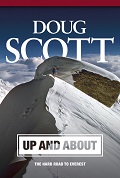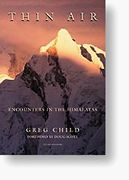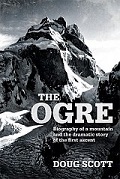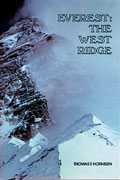Up and About – The Hard Road to Everest
CHF 41.70 inkl. MwSt.
At dusk on 24 September 1975, Doug Scott and Dougal Haston became the first
Britons to reach the summit of Everest as lead climbers on Chris Bonington’s
epic expedition to the mountain’s immense south-west face.
As darkness fell, Scott and Haston scraped a small cave in the snow 100 metres
below the summit and survived the highest bivouac ever – without bottled
oxygen, sleeping bags and, as it turned out, frostbite. For Doug Scott, it was
the fulfilment of a fortune-teller’s prophecy given to his mother: that her
eldest son would be in danger in a high place with the whole world watching.
Scott and Haston returned home national heroes with their image splashed
across the front pages. Scott went on to become one of Britain’s greatest ever
mountaineers, pioneering new climbs in the remotest corners of the globe. His
career spans the golden age of British climbing from the 1960s boom in outdoor
adventure to the new wave of lightweight alpinism throughout the 1970s and
1980s.
In Up and About, the first volume of his autobiography, Scott tells his story
from his birth in Nottingham during the darkest days of war to the summit of
the world. Surviving the unplanned bivouac without oxygen near the summit of
Everest widened the range of what and how he would climb in the future. In
fact, Scott established more climbs on the high mountains of the world after
his ascent of Everest than before. Those climbs will be covered in the second
volume of his life and times.
| Region | |
|---|---|
| Erscheinungsjahr | |
| Sprache | |
| Autor |
Empfehlungen zum Thema
Sachbücher/ Dokumentationen
Sachbücher/ Dokumentationen
Sachbücher/ Dokumentationen
Sachbücher/ Dokumentationen






